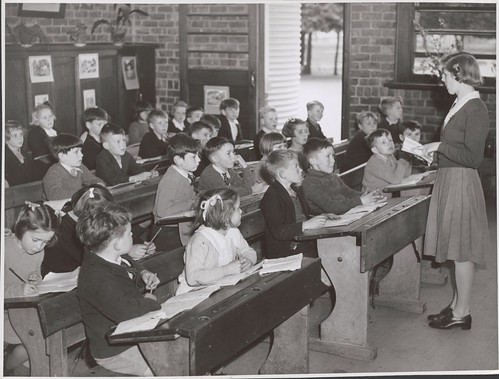Reflective Activity 1
How do the IB aims align with the main aims of CfE?
The aims of CfE focus on providing pupils with not just the knowledge but also the skills and attributes they need to develop into responsible citizens. This aligns with IB in their aim to create pupils who are “active and compassionate” and work towards a more peaceful world.
Both CfE and IB also have a focus on creating lifelong learners by encouraging pupils to learn more about what interests them and contributing to the world around them.
Furthermore, both curriculum aim to complete this by creating a classroom which centres around the child and creates a welcoming learning environment.
Have you experienced any aspect of the IB aims when working with children or in your own education?
During my MA1 placement I was able to witness several of the IB in the classroom. During one of their topics on festivals around the world the class was encouraged learn about a wide variety of cultures, many of which they had never experienced before. This reinforced the IB’s aim of creating global citizens. Another aim I experienced was the fact that the classroom was centred around the learner as when starting a new topic pupils has the opportunity to suggest what they would like to learn within it.
Reflective Activity 2
Compare and contrast the IB Learner Profile attributes with CfE’s four capacities. What are the similarities and differences?
Similarities
CfE capacity – Successful learners, IB attribute – Inquirers, both of these attributes focus on creating pupils who are lifelong learners and enjoy what they are learning
CfE capacity – Confident individuals, IB attribute – Thinkers, these focus on pupils who are able to make decisions and using skills they have been taught to learn new things
CfE capacity – Responsible citizens, IB attribute – Caring, these focus on pupils working towards improving their own community and ones further afield.
CfE capacity – Effective contributors, IB attribute – Balanced, these attributes focus on pupils recognising how people work together throughout their lives
Differences
While both CfE and IB a very similar in their pupil attributes IB tends to focus on a more global scale. This is most seen in the communicator attribute, which has a large focus on expressing themselves in more than one language. While this is taught in schools in Scotland there does not seem to be as large a focus on it as there is in IB.
REFLECTIVE ACTIVITY 3:
Which of ‘progressive’ trends align with CfE?
Range of skills testing – Assessment is a vital part of CfE and in recent years it has moved away from the traditional methods of testing. It now uses a range of methods to suit each pupils needs, including formative and summative assessment.
Student choice – This links to the CfE idea of personalisation and choice where pupils are able to choose what level they work at. It also gives pupils the opportunity to decide as a class what they want to learn.
Education of the whole child – This idea focuses on the fact that education should not just focus on the knowledge of the child but their mental, emotional and physical health. CfE teaches this trough the subject of Health and Wellbeing.
Transdisciplinary – CfE uses this to focus on providing a child with a rounded education so that they “knowledge, skills and attributes needed for life in the 21st century”.
REFLECTIVE ACTIVITY 4:
Reflect upon the similarities and difference of PYP and CfE.
IB and CfE have a large focus in transdisciplinary learning throughout all of the subjects in the classroom. This linking of subjects enhances learning for pupils and encourages them to look at learning a different way.
While both curriculums focus on pupils learning about the world around them the scale of these vary. CfE focuses on a more local level, such as woodlands, whereas IB works on a more global scale with pupils learning about world cultures
CfE and IB are similar in the way they allow pupils input in learning. CfE brings this in with the personalisation and choice principle. Despite this in CfE pupils are still more reliant on their teacher while IB students seem to be granted more independence in their learning.


